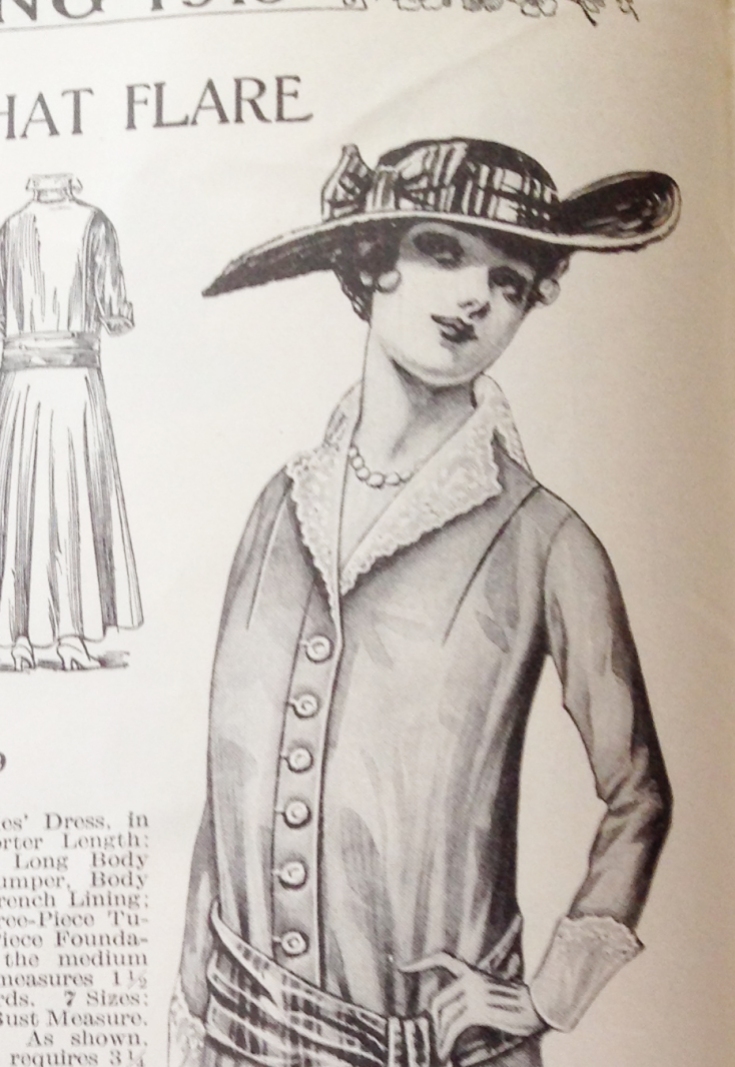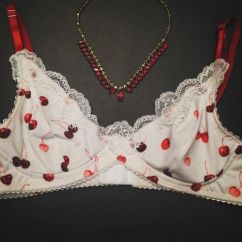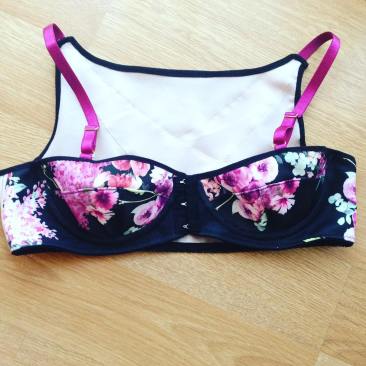I’ve officially started cleaning out my sewing room / having a full blown not-quite-midlife decluttering crisis and ebay-ing some of my old collected treasures. It’s funny the way my compulsions come full circle given enough time. About five years ago, I was interested in minimalism and simple living and trying to clear out my possessions to have time and space for what mattered most to me. Then I got interested in sewing ephemera and collecting sewing machines, and somehow my sewing room / sanctuary space became overrun with treasures.
Some of this is Asperger’s-esque, my learning style. When I become interested in something, it becomes obsessive, and I learn by immersing myself completely in the subject. I have enjoyed the process immensely, and pattern catalogs and sewing manuals and correspondence courses appeal to so many of my interests – visual art, graphic design, antiques, cultural history, gender history, material culture, crafting – that collecting them has engaged me as little else has.
But now, the cycle of my interests is shifting back to simplicity, and with a new baby and a desire to really move into patternmaking as an action and not just a study, I find that owning all of these delicate historical things is not providing me the same pleasure that hunting and studying it initially did. We don’t have enough room for me to store these things anymore, really. The sheer volume of kids toys we’ve accumulated with one kiddo who shares my hoarder tendencies is unbelievable, so with two, there’s just not room for boxes of books.
And what I want has changed. I want a crafting room or studio space that I can share with my kids without the worry that they might accidentally get ink on some antique irreplaceable thing that I paid a huge amount of money for. (Not to mention life in tornado alley makes a girl a bit nervous about all those 19th century leaflets upstairs when the sirens go off and we all pile in the basement.) I’d rather use the money from selling them to buy fabrics and art materials to engage with. So I’m finding new homes for some of the treasures I’ve accumulated over the years.
I keep reading Marie Kondo and hoping it will stick. There’s a passage in The Life Changing Magic of Tidying Up that I keep coming back to:
When you come across something that you cannot part with, think carefully about its true purpose in your life. You’ll be surprised at how many of the things you possess have already fulfilled their role. By acknowledging their contribution and letting them go with gratitude, you will be able to truly put the things you own, and your life, in order. In the end, all that will remain are the things that you really treasure. To truly cherish the things that are important to you, you must first discard those that have outlived their purpose.
Most of the things I’ve collected have served their purpose in my life, in that they’ve provided an education and a great deal of inspiration. I scan and reproduce some of my favorites as a history nerd / design passion project, so have the ability to return to the information they contain. So I think I’m ready to clear out the physical bulk and work toward having space and materials to put what they’ve taught me to use in making new designs, doing my own sketches, writing about what I’ve learned about fashion history.
So, if you are a collector of fashion ephemera, feel free to watch my ebay (here). I have so many things to clear out over the next few months. I’ll try to post about some of the things I send back out into the world as I go through the process, because some of the designs and information in them is really fantastic.
I put up a Butterick catalog from 1915 this weekend that has some fantastic illustrations and unique details in it that I figured I’d share here, just as fashion inspiration. I love the influence of the kimono on this era (and have been very into researching kimono inspired garments lately) that started with Poiret a few years earlier but can still be seen in the girdles and sashes and surplice necklines.
Some of these designs and silhouettes seem very dated but even the dated designs have details that could be incorporated to give personality to contemporary designs or simple garments. Others, though, if they were done in contemporary colors and fabrics and with a modern hairstyle, you’d never know they were hundred year old designs. The dress with a deep neckline, a sash and the midsection, and the ruffle detail low on the sleeve and skirt would be gorgeous in a light chiffon outer layer and a satin sash in the same color for subtlety or a bright contrasting one for drama, something like cream chiffon with a scarlet sash and maybe some scarlet ribbon detailing at the neckline.
Fashion magazines always appeal to my inner 15 year old art nerd, too. The way these illustrations are done is both pretty and illustrative in a way some eras aren’t. Personally, I like this better than some of the line drawing qualities of illustration in the 1920s and the harsher femininity sometimes illustrated in the 1930s. It’s interesting, too, because these illustrations seem to depict female faces as they would look with heavy cosmetic applications, though women would probably still have tried to keep their makeup applications looking very natural at this point in history, using maybe just a face powder, light rouge, eyebrow pencil, and a tonic on lashes.
The shift of silhouette from the heavily corseted, tiny waistline of the first decade of the 1900s is fascinating. From what I understand this was probably partly due to the popularity of Titanic era designs by Poiret, Fortuny, and others that were inspired by other cultures with a more natural silhouette, but also due to necessity as World War I changed everyone’s lives so dramatically from 1914 onward, changing the daily activities of women, causing material shortages such that designs had to use less fabric, and so many other changes.
The corsets and undergarments really deserve an in-depth post of their own, so more on that later.
Happy Sunday!































































